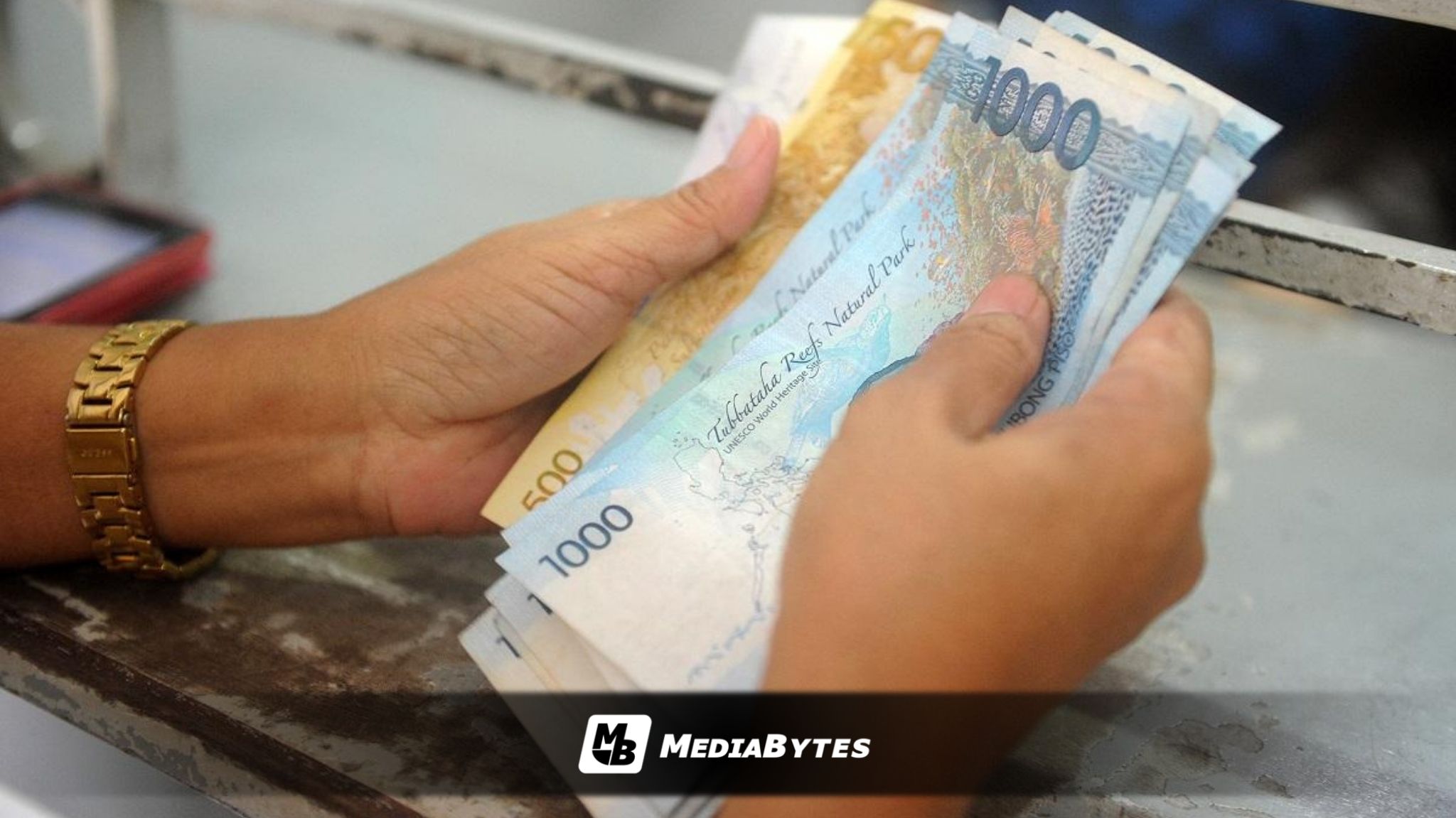The Philippine peso continued its downward slide, closing at an all-time low of ₱59.13 against the US dollar on Tuesday’s trading.
The local currency earlier touched an intraday low of ₱59.20 to the greenback — marking one of its weakest performances in Southeast Asia this month. The peso last tested the ₱59-to-the-dollar level on December 19 last year.
According to the Bangko Sentral ng Pilipinas (BSP), recent corruption controversies may have contributed to the peso’s depreciation.
“The recent peso depreciation may reflect market concerns over a potential moderation in economic growth due in part to the infra spending controversy, as well as expectations of additional monetary policy easing by the BSP,” the central bank said in a statement.
Analysts believe the BSP could implement another rate cut before year-end as inflation remains subdued and economic growth slows.
The BSP emphasized that while it does not intervene to control daily market movements, it acts to mitigate excessive swings that could affect inflation.
“The peso continues to be supported by resilient remittance inflows, still relatively fast economic growth, low inflation, and ongoing structural reforms,” the BSP added.
“Foreign exchange inflows from business process outsourcing, tourism, and overseas Filipino workers continue to buffer external shocks,” it said.
The peso’s decline has mixed effects across sectors. While overseas Filipino worker (OFW) families gain more pesos for every dollar remitted, importers face higher costs, especially for fuel and other dollar-denominated goods.



